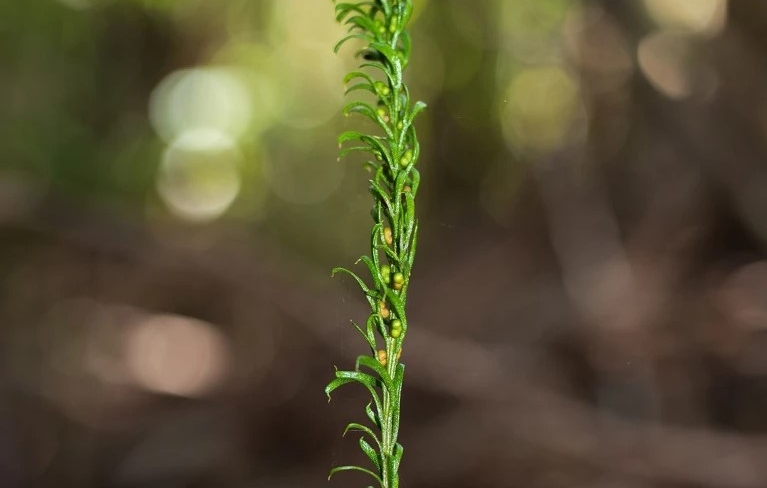
A small fern-like plant, endemic to New Caledonia and the neighboring archipelago in the South Pacific, is hiding something huge: the largest genome ever found, more than 50 times the size of a human, according to a post on the website iScience. For someone to understand how huge the genome of this plant is, if it were “unfolded” it would exceed the height of the Statue of Liberty!
A new “hero” with 160 billion rules
Plant with scientific name Tmesipteris oblanceolata It contains 160 billion base pairs – the building blocks of the DNA helix – and now holds the “record” for the largest genome previously held by a flowering plant. Paris Japonica (149 billion bases). It is noted that the largest animal genome, containing 130 billion bases, is owned by a species of fish (Protopterus aethiopicus) which is found in East and Central Africa.
the Jaume Pelliceran evolutionary biologist at the Barcelona Institute of Botany in Spain – who was among the experts who also discovered… the endless genomes of organisms. s. japonica – It was believed that no larger genome could be identified P. japonica. “However, the data again exceeded our expectations.” Reported on the website of the magazine “Nature”.
the plant Tmesipteris oblanceolata is a champion of genetic extremes (Paul Fernandez)
Books and library
The new “genomic hero” is a strange species of plant that resembles a thorn (fern thorn in English). The sheer number of base pairs it possesses raises questions about how this small plant manages its huge genetic material. Only a small portion of DNA is made up of genes that code for proteins, making it the lead of the new study Ilya LeachThe evolutionary biologist at London’s Royal Botanic Gardens wondered how a plant’s cellular machinery determines which parts of the genome code for proteins within the plant’s massive DNA “ocean.” “It’s like trying to find a few books containing survival instructions in a library of millions of books – it’s unimaginable.” Dr. Leach noted.
questions
It also begs the question of why and how an organism evolved to have so many base pairs. In general, multiple base pairs come with several requirements — a greater need for the metals that make up DNA and more energy to copy the genome with each cell division, Dr. Leach said. The researcher added that if the organism lives in a relatively stable environment with little competition, its huge genome may not cost it dearly.
Possible explanation
This may provide an explanation for why this particular plant had such a large genome: since its large genetic material did not burden it or particularly help it in terms of survival and reproduction, it continued to accumulate base pairs… taking its time.
Sequencing and data processing challenges
But so far all of this remains just hypotheses, and we do not know how easy it will be to obtain conclusive answers. The largest genome sequenced to date belongs to the European mistletoe (Viscos album) which contains about 90 billion base pairs. Current technologies may not be sufficient to achieve whole genome sequencing Tmesipteris oblanceolata. But even if sequencing is achieved, there is a computational problem in collecting all this genetic data and combining it to arrive at a biosafe result.
Benefits of “Genome Giants” Analysis
But it is important that in the future we find methods that allow the analysis of large genomes. Because such an analysis would provide valuable information about how the genome affects where an organism can grow and how resilient it is to climate change.
“Inner beauty”
However, according to Dr. Pellicer, it is remarkable that a small plant that most people don’t even stop to look at can provide such important lessons in science. “The beauty of this plant is definitely hidden inside.”.

“Total alcohol fanatic. Coffee junkie. Amateur twitter evangelist. Wannabe zombie enthusiast.”





More Stories
Motorola Razr 50 Ultra Review – Review
6 Phrases That Show You’re Mentally Stronger Than Most People
Maniskin: They were honored for their overwhelming success in Greece.